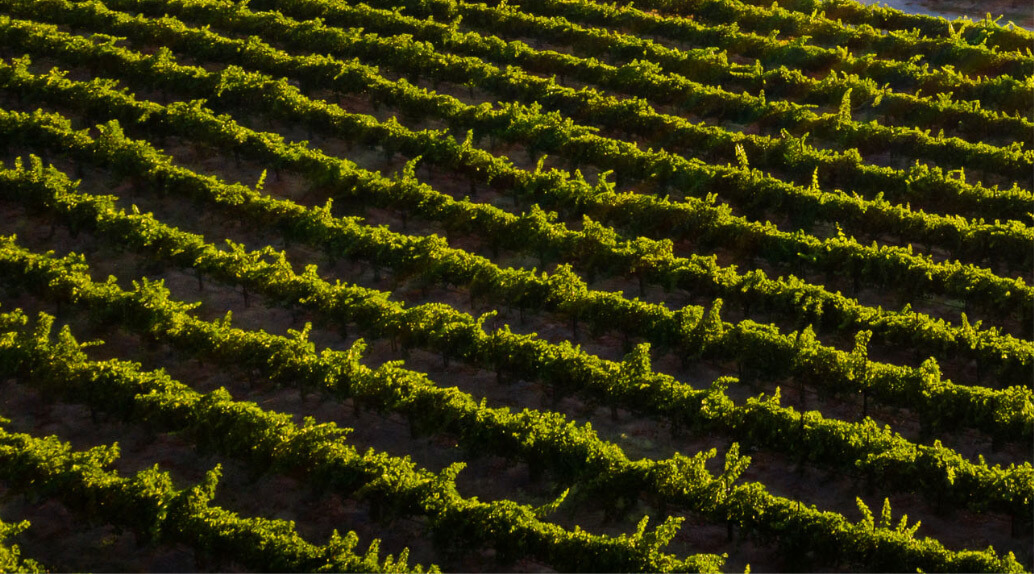
DPREIR Summary
Guenoc Valley Project 2024 Draft Partially Revised Environmental Impact Report (DPREIR)
On July 19, 2024, the Lake County Community Development Department released a Draft Partially Revised Environmental Impact Report (DPREIR) for the Guenoc Valley Mixed-Use Development Project.
The DPREIR outlines and analyzes modifications to the original project analyzed in the project’s 2020 Environmental Impact Report and approved by Lake County in July 2020. These modifications include fire safety and greenhouse gas (GHG) emissions reduction measures contained in a 2023 settlement agreement with the State of California, additional mitigation measures resulting from a comprehensive evaluation of the project’s impact on community evacuations, and an additional voluntary measure to improve emergency evacuation and emergency vehicle access by providing a third emergency access route into and out of the project site. The DPREIR also includes an updated Drought Management Plan on how the project will reduce water use and protect local water supplies in the event of a drought.
These enhancements build on the Guenoc Valley Project’s mission of protecting the community and environment and make this master planned community the benchmark for wildfire and climate resiliency in California.
Increasing Fire Safety
- Removing or relocating 64 remote lots at the Wildland-Urban Interface and removing the remote camping area to consolidate people and structures in valley/commercial core areas where firefighting access and evacuations are easier
- Adding 4.8 miles of ‘Connector Roadways’ within the project site to ensure there are no dead-end or non-looped roads greater than one mile
- Creating property boundary fire breaks that match updated parcel sizes and boundaries
- Adding 10 feet of hardscape on the shoulder of all roads, as topography permits, building on the previously planned 50 feet on both sides of the road for defensible space
Enhancing Emergency Response
- Adding a new proposed emergency evacuation and emergency vehicle access route called the Grange Road Connector to connect the project site with the County-maintained SR-29 to the north
- Providing additional funding annually to allow the South Lake County Fire Protection District to staff and equip the on-site Emergency Response Center, which will serve the development project and the local community
- Contracting with an on-site wildfire expert to support the Emergency Response Center
- Developing a South Lake County Evacuation Traffic Management Plan to be approved by the Lake County Office of Emergency Services (OES), the Lake County Sheriff, the South Lake County Fire Protection District, Caltrans, and the California Highway Patrol (CHP)
- Installing variable message signs and traffic signal controllers on the signalized intersections along SR 29 that are connected to Caltrans and Lake County traffic operations staff so they can be managed remotely during an evacuation
- Minimizing known bottlenecks along egress routes through turning lane enhancements
- Ensuring that shuttle buses are stored on-site, available at all times, and that drivers are fully trained to evacuate hotel guests if needed
Reducing Greenhouse Gas Emissions
- Installing and maintaining on-site renewable energy systems to power all residential and non-residential land uses
- Installing more than 300 electric vehicle charging stations, including charging stations at each residence
- Ensuring all residential structures are free of any natural gas infrastructure
- Purchasing GHG offset credits annually to offset each year’s actual GHG emissions, with a focus on local offsets where available
- Retaining an independent, third-party GHG mitigation and offsets expert to support project compliance with GHG mitigation measures that prioritize mitigation at the local level
Protecting Local Water Supplies
- Implementation of a phased Drought Management Plan (DMP) allowing water system users and managers to act promptly in the event of a drought to better protect the water supply
- Careful monitoring of project water system capacity and consumption
- Usage of voluntary and mandatory water conservation measures, as needed, depending on severity of drought conditions
- Ongoing information sharing with water users on status of DMP when implemented
The DPREIR and technical appendices are available for a 45-day public review/comment period beginning Friday, July 19, 2024, and ending on Tuesday, September 3, 2024.
The date and time for a public comment meeting to receive verbal (and written) comments on the proposed DPREIR will be announced by the County in a separate notice.
More information about proposed modifications included in the DPREIR, as well as how to submit public comments, can be found on the Lake County Community Development Department’s website.

